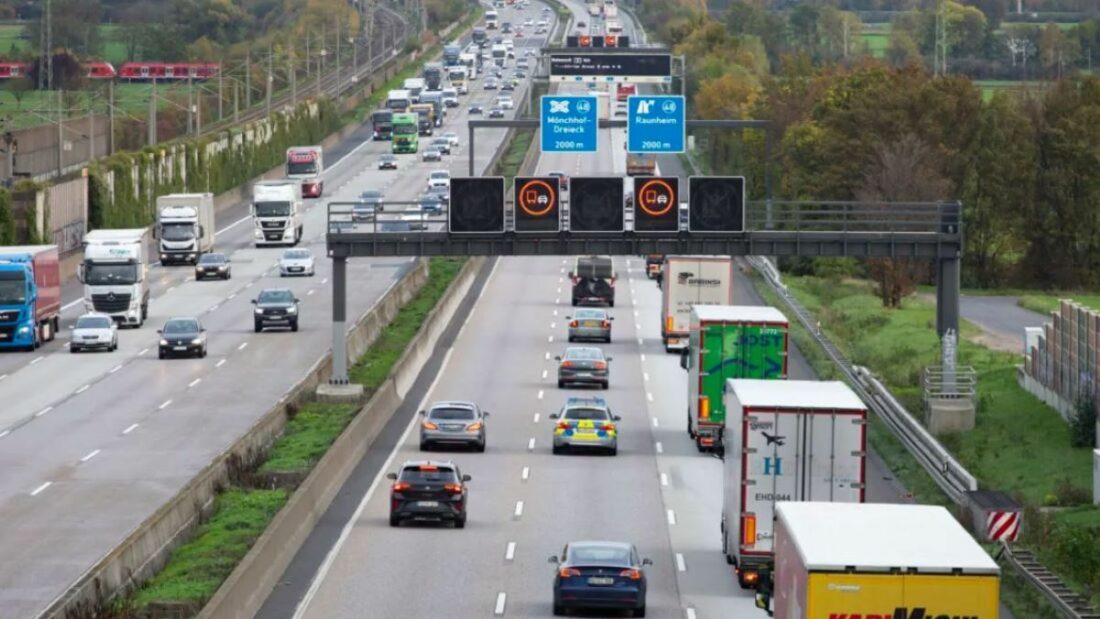Rising Insolvency Trends in Germany’s Business Landscape
In 2025, Germany experienced a notable increase in insolvency filings, especially shaking up the transport and logistics industries. Recent figures reveal an escalating number of companies unable to keep their financial heads above water as the economic tide shifts.
Overview of the Insolvency Spike
By August 2025, insolvency cases rose sharply by 11.6% compared to the previous year. This rise isn’t just a blip; the first half of 2025 reported 12,009 corporate insolvencies, marking a 12.2% uptick from the first semester of 2024.
Interestingly, while more companies declared insolvency, creditor claims shrank from about €32.4 billion in early 2024 to €28.2 billion in the same period of 2025. This suggests smaller businesses are struggling more frequently, while fewer economically large companies faced insolvency compared to the previous year.
Monthly Insolvency Patterns
June 2025 alone saw an 18.4% increase in insolvency filings over June 2024, with 1,957 cases initiated. These numbers indicate a sustained pressure on Germany’s commercial sectors, particularly those intimately tied to economic fluctuations such as transport and warehousing.
The Transport and Storage Sector: Insolvency Hotspot
When you break down insolvencies per business density, transport and storage firms show the highest rates. Specifically, 64.5 insolvencies occurred per 10,000 companies in this sector during the first half of 2025, eclipsing other industries like hospitality (52.7) and construction (52.3).
Sector Insolvency Frequency (per 10,000 companies) — 1H 2025
| Sector | Insolvencies per 10,000 Companies |
|---|---|
| Transport and Storage | 64.5 |
| Hospitality | 52.7 |
| Construcții | 52.3 |
This data clearly points to transport and logistics as the sectors bearing the brunt of insolvency pressures, a situation with ripple effects throughout the supply chain and freight moving ecosystem.
Consumer Insolvencies Also on the Rise
It’s not just companies feeling the pinch; private consumer insolvencies climbed by 7.5% in the first six months of 2025 from the previous year. June alone recorded a near 10% rise. This growing financial fragility among consumers could eventually influence demand cycles, impacting delivery volumes and shipping logistics.
Understanding Insolvency Reporting Nuances
The insolvency numbers reflect filings after the courts’ initial decisions, often trailing the actual financial distress onset by nearly three months. They cover only businesses filing for insolvency proceedings and exclude closures for other reasons or preemptive shutdowns before debt difficulties become acute.
About 30% of these insolvencies relate to standard legal proceedings involving companies, encompassing approximately 55% of total cases. Notably, this also includes economically active individuals such as business partners or major shareholders facing unmanageable debts.
What Does This Mean for Logistics and Freight?
Transport and logistics are the arteries of global trade and supply chains. Insolvency spikes here signal potential challenges: disruption risks in freight forwarding, haulage delays, and supply bottlenecks. Companies involved in distribution, bulky goods transportation, and international shipments must brace for possible service interruptions.
The domino effect from failing logistics operators can extend beyond Germany, given the country’s pivotal role in European and global shipping routes. Freight and cargo companies alike might face tightening conditions as insolvencies trim capacities and market confidence.
Implications Table: Insolvency Impact on Logistics
| Aspect | Potential Consequence |
|---|---|
| Freight Capacity | Reduced availability due to failing operators |
| Shipping Schedules | Delays and unpredictability in delivery |
| Costs | Possible increases due to fewer carriers and insurance risks |
| Serviciul clienți | Decline in reliability and fulfillment quality |
Getting a Grip on the Situation
Logistics providers passionate about delivering smooth, reliable service need to ramp up flexibility and diversification strategies. Platforms like GetTransport.com offer a silver lining here — providing affordable and global cargo transport options, from moving offices and homes to handling bulky goods and vehicles, easing the pressure on traditional logistics channels.
Key Factors Behind Insolvency Increases
- Rising operating costs squeezing margins, especially for smaller transport firms.
- Supply chain disruptions amplifying financial strain on freight businesses.
- Delayed payments and credit issues hitting cash flows.
- Market competition tightening profit opportunities.
It’s a perfect storm, pushing vulnerable companies into insolvency despite demand remaining robust in many cases.
The Human Element and Business Reality
Insights from insolvency statistics reveal much, but nothing quite replaces personal business experience. The rise and fall of companies often depend on nuanced operational decisions and market adaptability.
Services like GetTransport.com empower shippers and businesses globally by offering transparent, affordable solutions that can mitigate risks linked to insolvencies in the transport network. This platform helps clients access a vast array of transport options tailored to their needs without breaking the bank.
By simplifying shipping logistics—whether for parcels, pallets, containers, or bulkier freight—GetTransport.com stands as a partner navigating economic ups and downs, supporting seamless delivery and moving services worldwide. Rezervă-ți cursa GetTransport.com.
Rezumat
Germany’s transport and logistics sectors face mounting insolvency challenges in 2025, with rates significantly outpacing other industries. While many businesses stumble under economic pressures, the ripple effects threaten freight capacity, delivery timelines, and overall reliability in the logistics chain. Consumer insolvencies climbing alongside add another layer of complexity to demand forecasting and service planning.
Nonetheless, platforms like GetTransport.com offer practical, globally accessible logistics solutions that help cushion the impact on cargo, shipment, and freight needs. Their extensive offering—from relocation and courier services to handling international shipments and bulky goods—enables businesses and consumers alike to keep goods moving despite a turbulent market.
In the shifting sands of global logistics and transport, staying flexible, informed, and connected to dependable service providers is key. GetTransport.com fits the bill perfectly, streamlining dispatch and haulage with trustworthy, cost-efficient options that meet diverse requirements across the globe.

 A Deep Dive into Rising Insolvency Trends within Germany’s Transport and Logistics Sectors in 2025">
A Deep Dive into Rising Insolvency Trends within Germany’s Transport and Logistics Sectors in 2025">